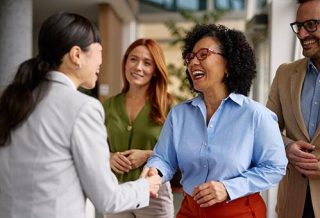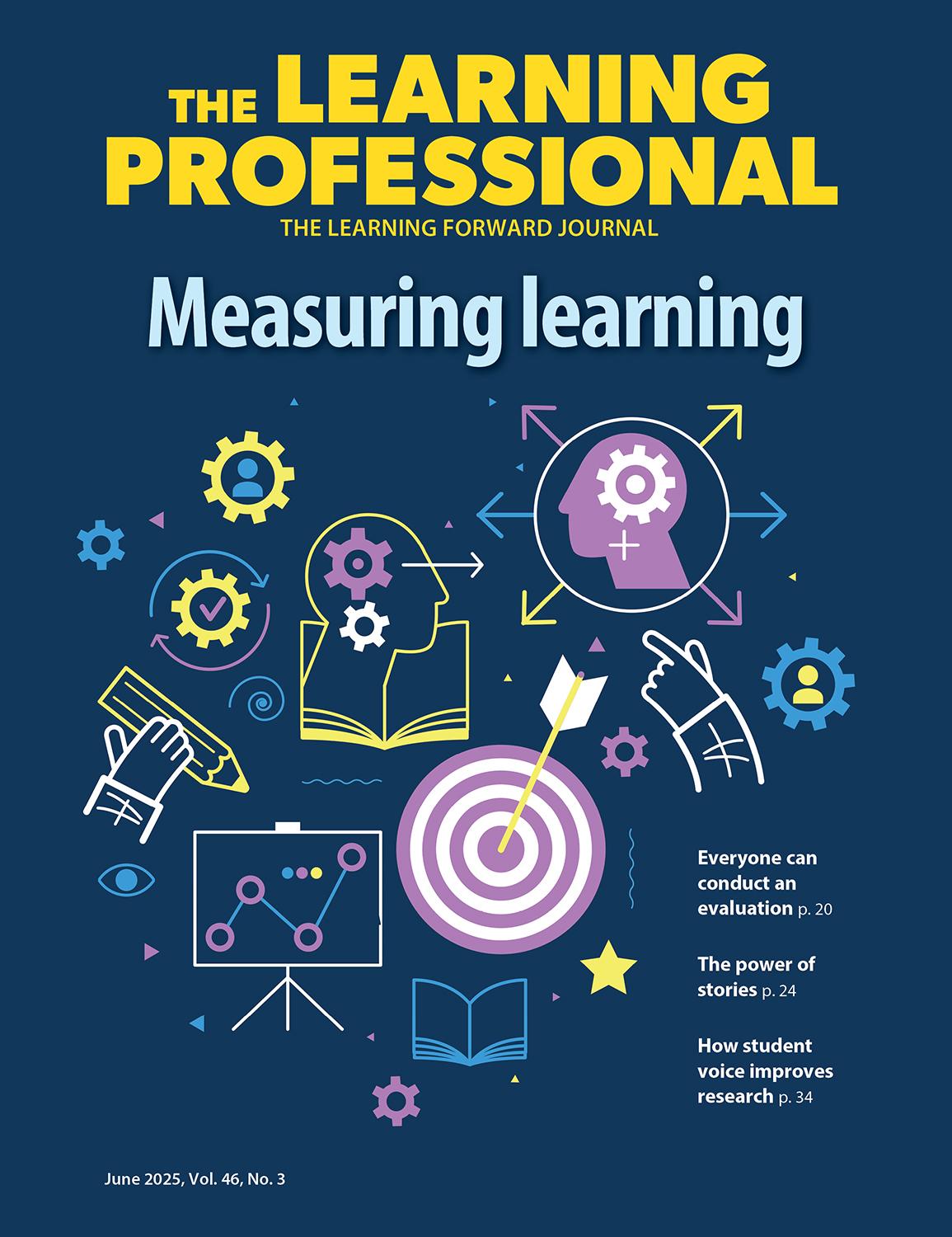FOCUS
Coaching practices to stem the looming principal exodus: ONLINE EXCLUSIVE
By Lindsay Prendergast, Piper Nichols and Angela Morton
Categories: Coaching, Leadership, School leadershipApril 2022
Read the remaining content with membership access. Join or log in below to continue.
Sed ut perspiciatis unde omnis iste natus error sit voluptatem accusantium doloremque laudantium, totam rem aperiam, eaque ipsa quae ab illo inventore veritatis et quasi architecto beatae vitae dicta sunt explicabo. Nemo enim ipsam voluptatem quia voluptas sit aspernatur aut odit aut fugit, sed quia consequuntur magni dolores eos qui ratione voluptatem sequi nesciunt. Neque porro quisquam est, qui dolorem ipsum quia dolor sit amet, consectetur, adipisci velit, sed quia non numquam eius modi tempora incidunt ut labore et dolore magnam aliquam quaerat voluptatem.
References
Aguilar, A. (2013). The art of coaching: Effective strategies for school transformation. Jossey-Bass.
Bryk, A. & Schneider, B. (2004). Trust in schools: A core resource of improvement. Russell-Sage Foundation.
Grissom, J.A., Egalite, A.J., & Lindsay, C.A. (2021). How principals affect students and schools. The Wallace Foundation.
Levin, S. & Bradley, K. (2019). Understanding and addressing principal turnover: A review of the research. Learning Policy Institute.
National Association of Secondary School Principals. (2021, December). NASSP survey signals a looming mass exodus of principals from schools. www.nassp.org/news/nassp-survey-signals-a-looming-mass-exodus-of-principals-from-schools/
National Association of Secondary School Principals. (2020, August). “Overwhelmed” and “unsupported,” 45 percent of principals say pandemic conditions are accelerating their plans to leave the principalship. www.nassp.org/news/overwhelmed-and-unsupported-45-percent-of-principals-say-pandemic-conditions-are-accelerating-their-plans-to-leave-the-principalship/
Nordengren, C. (2022). Step into student goal setting. Corwin.
Categories: Coaching, Leadership, School leadership
Recent Issues
NAVIGATING NEW ROLES
April 2025
Whether you’re new to your role or supporting others who are new,...
LEARNING DESIGNS
February 2025
How we learn influences what we learn. This issue shares essential...
BUILDING BRIDGES
December 2024
Students benefit when educators bridge the continuum of professional...
CURRICULUM-BASED PROFESSIONAL LEARNING
October 2024
High-quality curriculum requires skilled educators to put it into...














